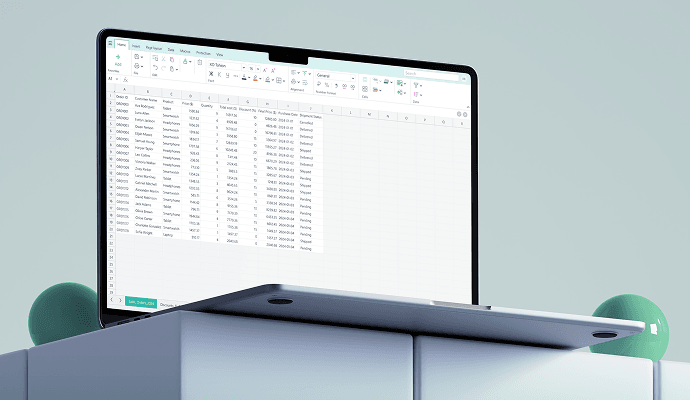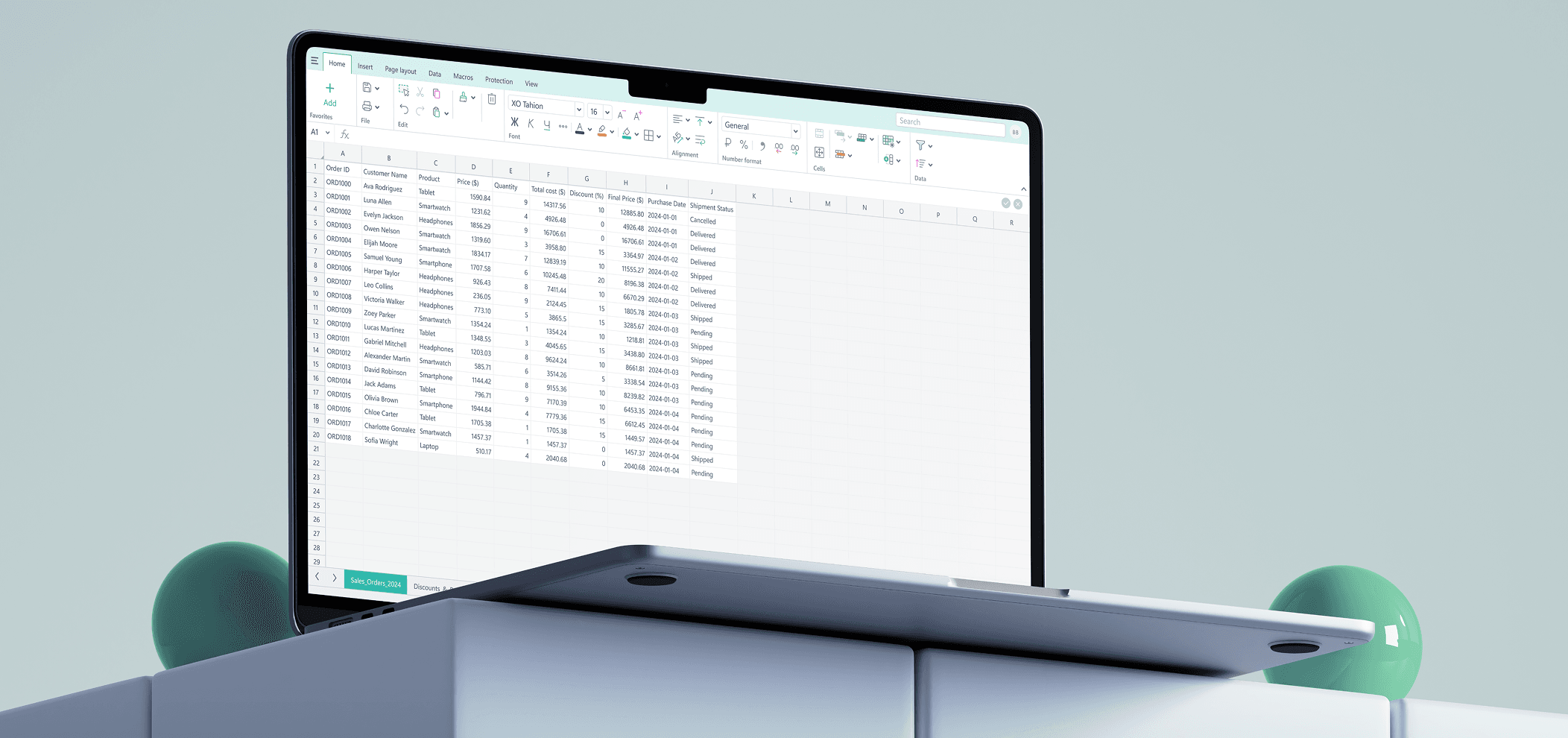Office suite
text, table and presentation application development


- role /
- Product designer
- team /
-
- 6 stakeholders
- 10 product designers
- 4 ux writers
- 5 business analyst
- 8 system analyst
- 10+ developers
- 10+ QA
- tools /
-
- figma
- jira
- confluence
- miro
- timeline /
-
- 10 month
- apr 2024 - jan 2025
Overview
MyOffice develops office applications for communication and collaborative document editing. Their platform includes desktop, mobile, and web applications, providing solutions for businesses and individual users.
My role
I was a part of the core R&D team, contributing to the evolution of MyOffice’s desktop suite — including applications for text, spreadsheets, and presentations, used by over 20 million users. While the existing toolset covered essential functionality, our design team focused on extending its capabilities by delivering new, user-driven features. During my time on the project, I led the design of six full-cycle features — from initial discovery and research to detailed specifications and implementation review.
Design process
Each feature I worked on followed a structured process from discovery to delivery. The goal was always to create thoughtful, scalable solutions backed by research and clearly communicated to the development team.
-
Research & Analysis
I started by aligning with product and business goals, analyzing requirements, and conducting competitor reviews. Depending on the case, I used methods like 5 Whys, user task breakdowns, and JTBD to uncover user needs and pain points.
-
Concept Development
Based on insights, I explored solution directions through sketches or wireframes. These were presented to the team for early feedback and alignment.
-
Final Design & Documentation
I delivered detailed Figma files with full user flows, edge cases, and interactions. Every scenario was paired with Confluence documentation, including terms, user stories, dependencies, and behavior definitions. This helped ensure smooth implementation.
-
Design Handoff & Implementation Review
I led handoff sessions with developers and QA to walk through the logic and validate feasibility. I also reviewed final implementations to ensure alignment with the intended experience.
Achievements
During my time at the company, I successfully led the design and delivery of several new features that enhanced the product’s functionality and user experience. These included:
- Nested Tables – Allowing users to organise complex data with greater flexibility.
- Bullet List Settings – Providing advanced customisation for list formatting.
- Page Breaks – Improving document layout and print preparation.
- Document Print – Supporting consistent, high-quality printing.
- Search by Selected Range – Allowing users to narrow searches within specific content areas.
- Cloud Integration – Increase user awareness of connectivity state.
In addition to my core responsibilities, I actively participated in initiatives beyond my main tasks. These contributions are detailed in the following section.
Beyond Core Tasks
In addition to feature design, I proactively contributed to improving design processes and team collaboration:
- Expert Focus: Led a full audit of all context menus, creating a scalable structure and ruleset to ensure consistency across the product.
- Icon System: Initiated and executed the migration from PNG to SVG, standardising icon design and enhancing UI quality.
- Peer Reviews: Actively participated in cross-team design reviews, ensuring design consistency and catching issues early.
- Team Support: Took weekly shifts answering UX-related questions from developers and QA, deepening my knowledge of the entire system.
- UX Tickets: Regularly submitted improvement proposals based on research and hands-on product use.
- Self-Development: Completed internal learning programs on research methods and mentorship skills.
Reflection
Working at this company was a highly rewarding experience. It allowed me to grow as a designer within a large, collaborative design team while also being deeply integrated into a broader cross-functional environment. I had the opportunity to work closely with UX writers, developers, analysts, and managers — building strong connections and learning how to align design decisions with both technical and business perspectives.
Working on such a large and feature-rich product was both challenging and exciting. It pushed me to think systematically and communicate with precision. Over time, I became skilled in creating detailed, developer-friendly documentation that clearly described user interactions, edge cases, and interface behaviour. I took initiative to dive into a complex topic and became the main point of contact for the whole team. I’m proud that my contributions led to real improvements in a product used by millions of people.